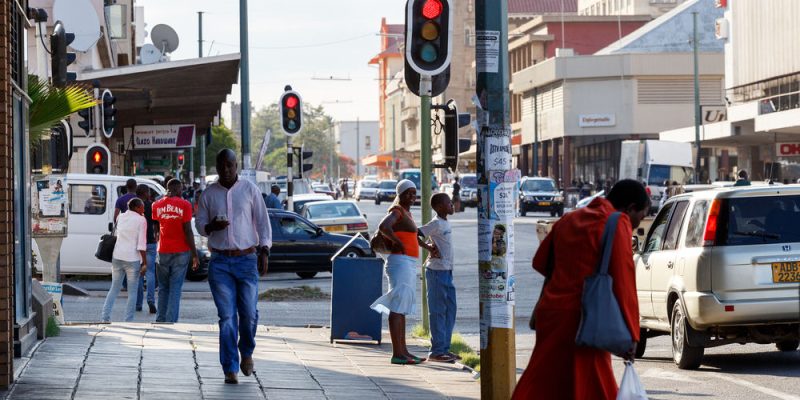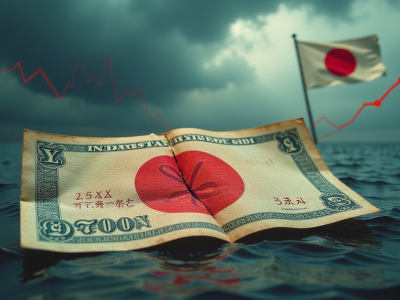
The Zimbabwe ZiG has stabilized in the past few weeks even as the country’s economy has deteriorated and gold prices have reversed. According to the central bank’s website, the USD to ZiG exchange rate was trading at 25.8 on November 14, a 91.1% increase.
The black market exchange rate has also stabilized in the past few weeks. According to Zimpricecheck, 1 USD to ZiG was trading between 35 and 40. This trading means that the currency has a big spread between the official and non-official rate despite the 43% devaluation in September.
Zimbabwe economic woes
The Zimbabwe economic crisis is getting worse as the country deals with a devastating drought that has pushed the country to increase food imports.
Worse, there are concerns that the crisis could accelerate as Bulawayo, the country’s second-biggest city, sees substantial water challenges. The water department has warned the residents that their taps could run dry by the end of the year. Many residents still travel for long distances each day to fetch water.
The situation has mostly been attributed to climate change and lack of investments in water infrastructure over the years. Budget constraints have over the years, pushed authorities to abandon plans to build large reservoirs.
Meanwhile, Zimbabwe’s inflation has also jumped because of the ZiG devaluation at a time when imports are growing. The most recent report showed that the headline Consumer Price Index (CPI) jumped to 37.2% in October, a month after the ZiG devaluation. Before that, inflation rose to 5.8% in the previous month.
Zimbabwe’s unemployment rate has also gotten worse in the past few months as companies slash workers to save costs.
On the positive side, the country’s tourism sector growth is growing, The most recent data shows that the number of tourist arrivals will rise by 83% this year. These tourists are seeking to benefit from the weaker local currency that makes it cheaper for them to shop.
The other positive thing is that gold prices jumped to a record high this year, which has prevented the ZiG from further depreciation.
More data shows that foreign-currency reserves have continued soaring, reaching a high of $509 million. This growth also happened as many countries have liquidated their foreign currency positions, which has created more demand for the ZiG.
Also, the government expects that the economic growth will improve in 2025, with the growth rate expected to grow by 6.5% in 2025 from 2% this year.
Additionally, the central bank also boosted interest rates, making it more attractive to hold the ZiG. The bank hiked rates to 35% from the previous 20%.
What is the future of the Zimbabwe ZiG?
The government and the central bank hopes that the Zimbabwe ZiG will be the dominant currency in the country. Just this week, the central bank noted that it hopes that the ZiG will be a free-floating currency in the future, free of interventions.
However, the reality is that the odds of its success are significantly low because of the history of currencies in Zimbabwe. Indeed, the ZiG is now the sixth attempt to have a viable currency in 15 years.
The main concern is that Zimbabwe has evolved into a dollar-based country. Data by the central bank show that the USD is used in over 70% of transactions. Most businesses love using the US dollar because of its stability.
At the same time, the government could still turn to cash printing to fund its local budget as it has done in the past. Besides, the country’s current leaders have been in power for decades.
Most importantly, the Zimbabwe ZiG faces the issue of confidence as many people who have been hit by the previous currency crashes continue to avoid using and saving using the currency. Additionally, the US dollar index has strengthened substantially in the past few weeks after Trump’s election.
Therefore, I believe that the USD to ZiG exchange rate will continue rising in the coming years as demand for the greenback rise.
The post USD to ZiG: Zimbabwe’s ZWG is stable but odds of a crash remain appeared first on Invezz












